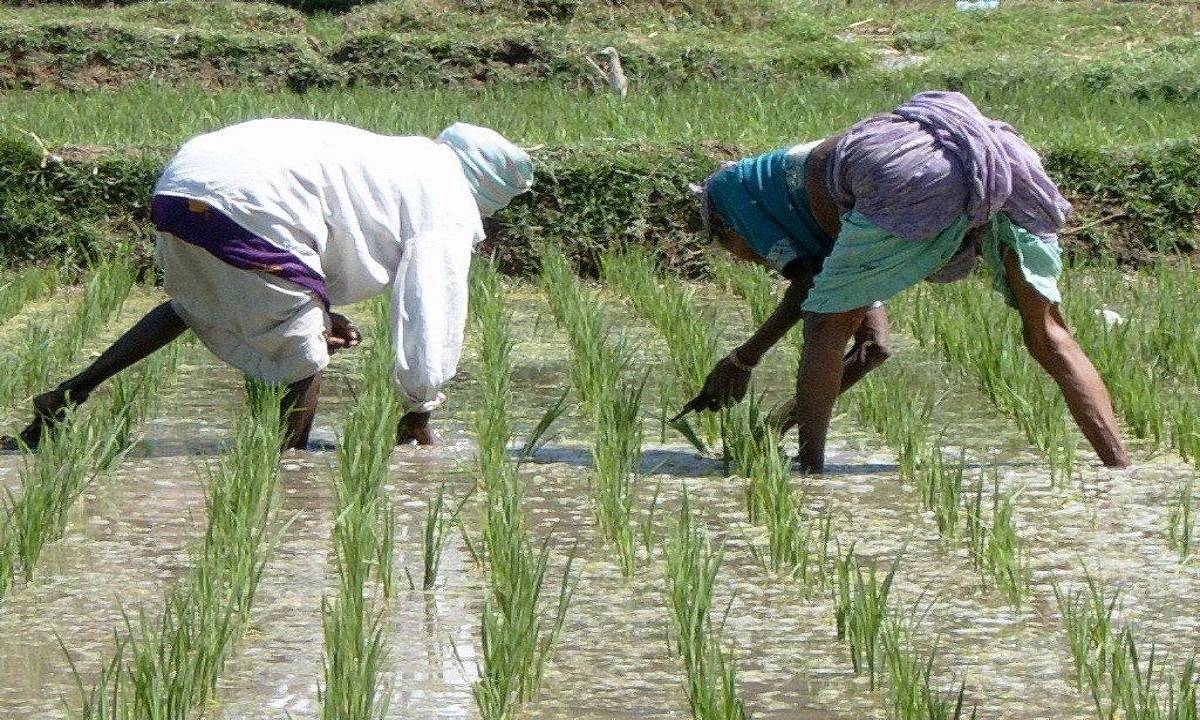
During March, India encountered the heaviest rainfall in the past five years along with thunderstorms, lightning, and hailstorms, causing a detrimental effect on human lives, livestock, and crops. The Indian Meteorological Department (IMD) has anticipated the occurrence of El Nino weather patterns, which will likely impact the second part of the monsoon season, resulting in a decline in rainfall. This could spell trouble for Indian agriculture, which makes this news unfavorable.
Furthermore, the IMD alerted citizens that the first half of April will have a higher frequency of rainy days, while the second half of the month is expected to have temperatures above the usual. As a consequence of the unanticipated rainfall in March, Indian agriculture and rural communities have been gravely impacted.
The information reveals that 105 instances of heavy rain were purportedly caused by seven consecutive western disturbances in March (WD). From March 14 and 22, five really severe WD passed through North and Central India.
|
Year |
No. of stations reported heavy to very heavy rainfall |
|
2023 |
105 |
|
2022 |
19 |
|
2021 |
14 |
|
2020 |
50 |
|
2019 |
8 |
|
2018 |
41 |
Compared to last year, March's weather was significantly different. While March of the previous year was one of the warmest months on record, this year's temperatures were below average. Furthermore, during the latter half of the month, a prolonged and rare combination of thunderstorms, hailstorms, lightning, and strong winds occurred in most parts of the country. Unfortunately, this extreme weather led to the loss of 68 human lives, 44 injuries, and over 500 livestock deaths.
As per the observations made by IMD, it has been noted that the La Nina phase, characterized by a cooling of the tropical Pacific Ocean, has ended, and its transition to El Nino phase, marked by a warming of the same region, has begun. The effects of the El Nino condition are anticipated to be noticeable during the latter half of the monsoon season, i.e., between July and September 2023. However, several other models predict that the El Nino conditions may continue to remain neutral.
According to weather forecasts, several regions of the country are anticipated to experience maximum temperatures higher than the average during the hot weather season between April to June. However, southern peninsular India and certain parts of west-central India are expected to have maximum temperatures within the normal range or lower.
















